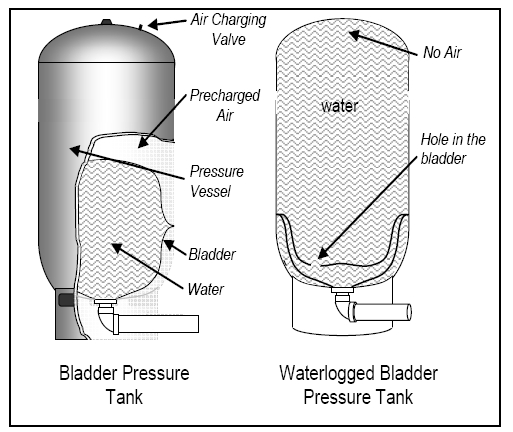Heidi Homeowner
New Member
What causes a PRV to be overridden?
How do I avoid a home flood?
I edited my post. I'm no longer interested in who's correct. I got caught up in a he-said, he-said and it was too much to follow what everyone else was saying about what the other party was saying.
I just want to understand how to avoid a home flood if a PRV is overridden by dirt or pressure from a fire hydrant or work being done in town, etc. Is having an extension tank good enough?
Thank you in advance.
How do I avoid a home flood?
I edited my post. I'm no longer interested in who's correct. I got caught up in a he-said, he-said and it was too much to follow what everyone else was saying about what the other party was saying.
I just want to understand how to avoid a home flood if a PRV is overridden by dirt or pressure from a fire hydrant or work being done in town, etc. Is having an extension tank good enough?
Thank you in advance.
Last edited:

